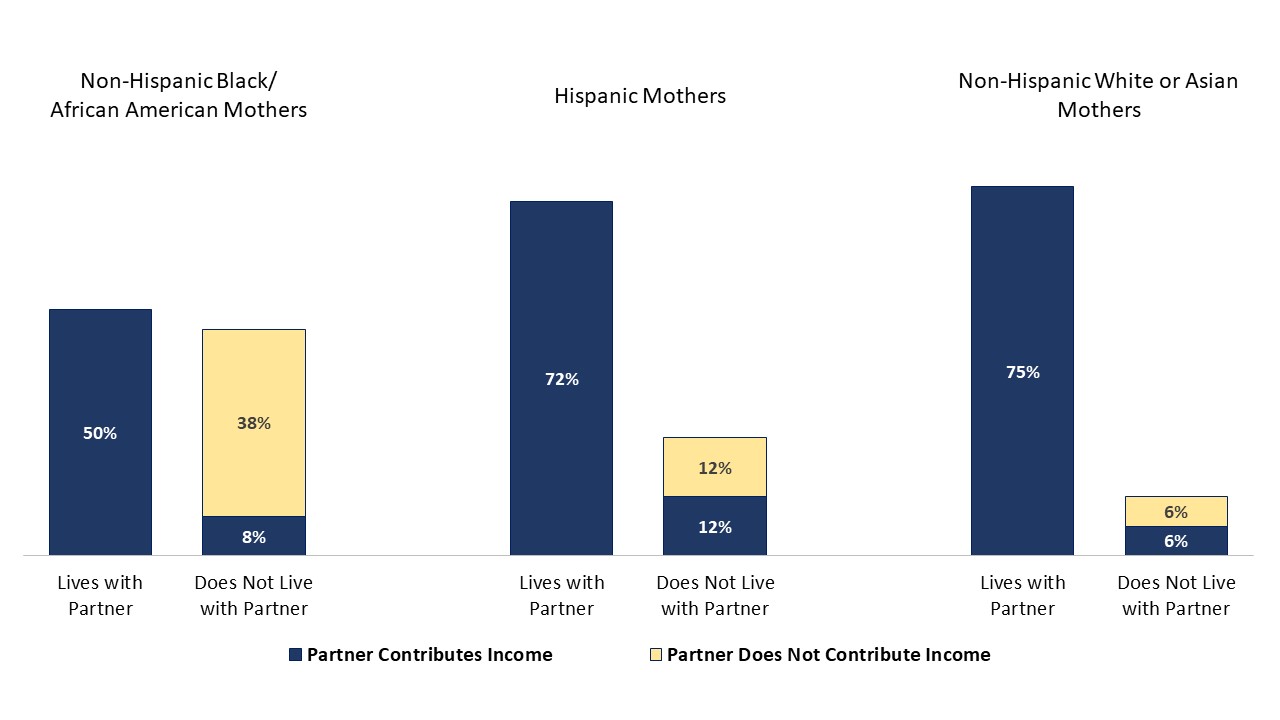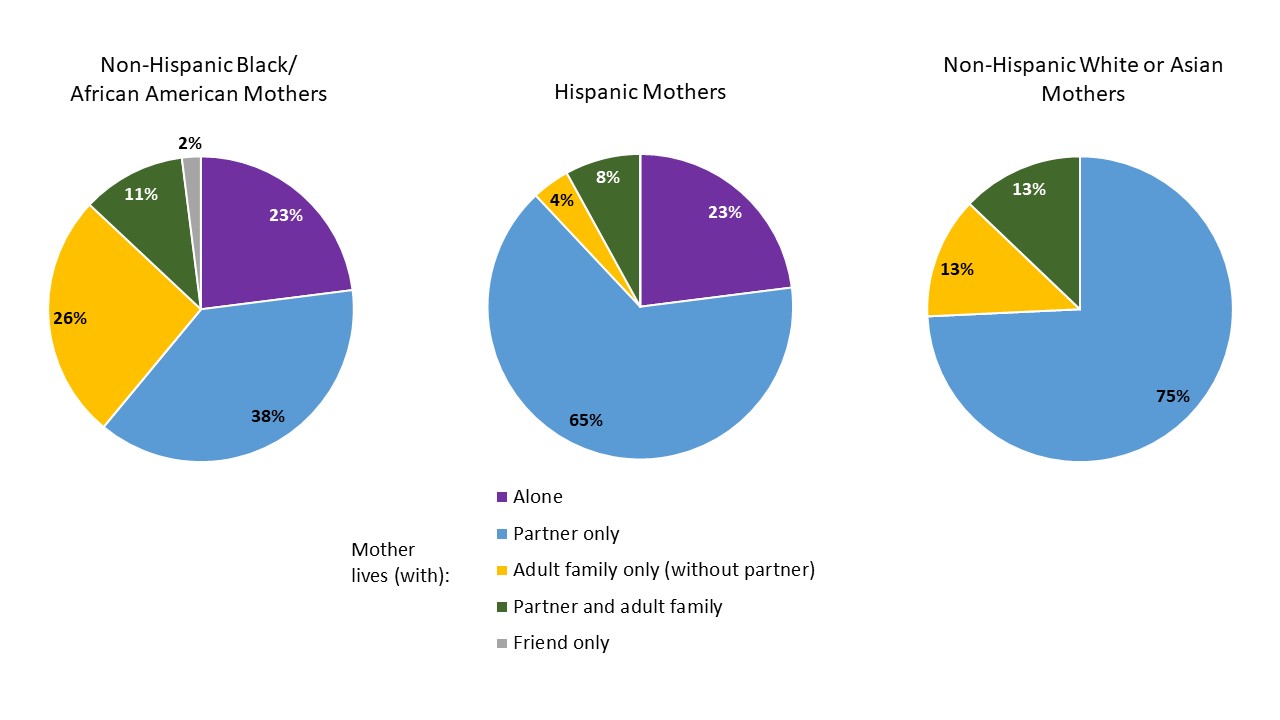Neonatology
Session: Neo-Perinatal Health Care Delivery 2: Epidemiology/Health Services Research
340 - Who Lives at Home? Partner and Household Characteristics of Mothers of Very Preterm Infants
Saturday, May 4, 2024
3:30 PM - 6:00 PM ET
Poster Number: 340
Publication Number: 340.1500
Publication Number: 340.1500
- LH
Leslie M. Harris, MD, MHS (she/her/hers)
Assistant Professor
Rush University Medical Center
Chicago, Illinois, United States
Presenting Author(s)
Background: Child caregiving responsibilities in the US are carried primarily by mothers/gestational parents. Availability of partner and family support may contribute to disparities in financial and social resources among mothers of very preterm (VPT) infants.
Objective: Examine household characteristics of mothers of VPT infants hospitalized in the neonatal intensive care unit (NICU) and assess for differences based on maternal self-identified race/ethnicity.
Design/Methods: Data were prospectively collected by maternal self-report and electronic medical record review as part of the ReDiMOM (Reducing Disparity in Receipt of Mother’s Own Milk in Very Low Birth Weight Infants; R01 MD013969) randomized controlled trial. Mothers reported partner and household members, income and education, and partner work and income contribution. Fisher’s exact or Kruskal-Wallis test compared partner and household characteristics of mothers of different self-reported race/ethnicity (summarized as non-Hispanic Black, Hispanic, and non-Hispanic White or Asian).
Results: Of 95 mothers in the sample, 56% identified as Black, 27% Hispanic, and 17% White or Asian. Educational attainment and household income differed by maternal race/ethnicity, but mothers had similar pre-delivery employment and plans to take time off work after delivery (Table 1). Most (96%) mothers reported a partner was involved in the infant’s care, but Black mothers were less likely to live with a partner and less likely for their partner to contribute to income (Table 1, Figure 1). Of mothers with an involved partner, there were no differences between partner employment, but partners of Black mothers were less likely to plan to take time off work than partners of other maternal racial/ethnic groups. Overall, maternal households had medians of 3 total people (range 1-11), with 2 adults (range 1-8) and 1 child < 18 years of age (range 1-4). Whether the mother lived with adult family members (without a partner) differed – 26% of Black mothers, 4% of Hispanic mothers, and 13% of White or Asian mothers (p=0.03).
Conclusion(s): Mothers of different racial/ethnic backgrounds report similar partner involvement and employment, yet differences exist in partner plans to take time off work, income contribution, and living arrangements. These differences may be associated with variations in stressors experienced by mothers, which may in turn impact maternal NICU visitation, milk provision, and return to work. Future work is needed to characterize the ways partners and family members contribute support to mothers of VPT infants, both during the NICU course and after discharge.


.jpg)
